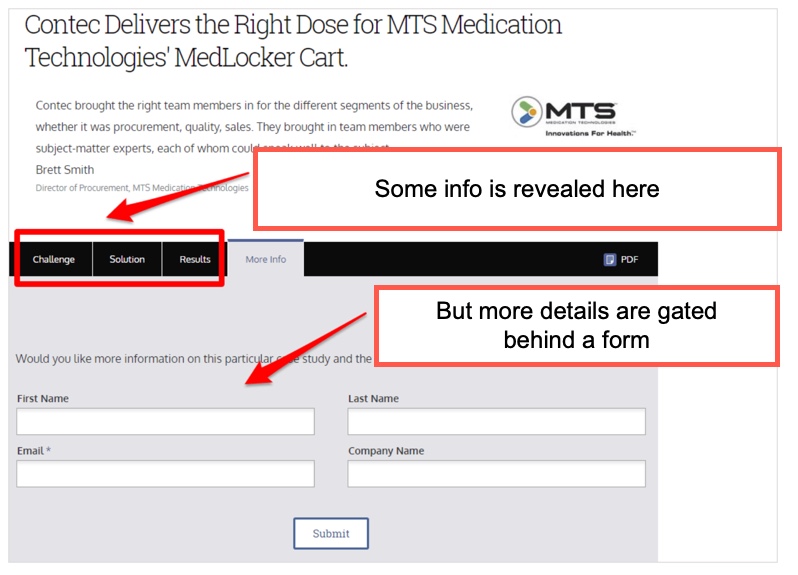For a manufacturing company, case studies can be one of the most effective ways to generate leads, showcase your strengths, and vividly demonstrate how you solve clients’ challenges. But there’s a problem: Case studies aren’t necessarily easy to create. Here’s a complete guide on how to write a marketing case study and create the ultimate form of B2B social proof.
They’re usually an afterthought that’s offloaded to someone not necessarily prepared to do them well. On top of that, case studies often get made without a strategy behind them and are used with no real goal in mind.
And that’s a shame, considering how valuable they can be:
- Demand Gen Report found that 78% of companies surveyed said they used case studies to research B2B purchasing decisions, which was more than any other type of content.
- DocSend looked at 34 million content interactions. Compared with other sales content, case studies showed an 83% completion rate, an average that left all other content in the dust.
- eMarketer reports that a survey conducted by RSW/US, a business development firm, showed that almost 63% of agency executives cited case studies as their top way to generate leads.
To tap that potential, here’s a list of steps anyone can use to start creating exceptional case studies.
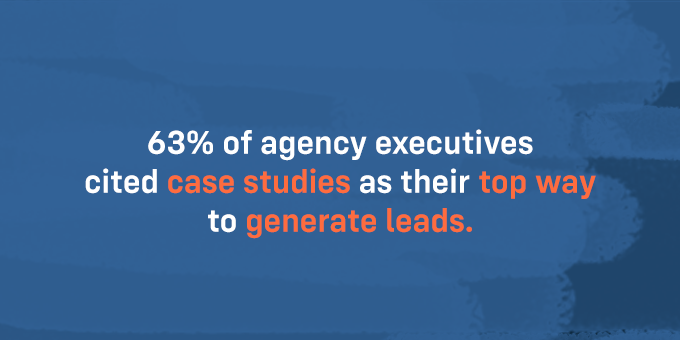
1. Strategy: Strategize before you editorialize
Before you do anything, make sure you have a solid strategy for your case study by answering these key questions:
Question: What’s your goal with the case study?
Answer: Ask your sales team (first).
- Is it to help sell a particular service?
- Do you want to emphasize a specific offering?
- Are you trying to grow business in a certain sector?
- Are you trying to get more clients to try a new product?
One place you can start to get answers is with your sales team. They may be the ones who’ll be using case studies the most.
This is typically the case with most manufacturing companies. The sales team is on the front line, dealing firsthand with the issues. This is where the story starts.
Question: What type of prospect are you targeting?
Answer: Find an industry and position match.
The story you tell in your case study should be shaped by who you’re going to be telling it to. If you’re trying to reach a certain industry or a certain job role, then you want to find an industry and position match.
According to Joel Klettke of Case Study Buddy, “If you tell the wrong story to the wrong people, your case study will fall flat.”
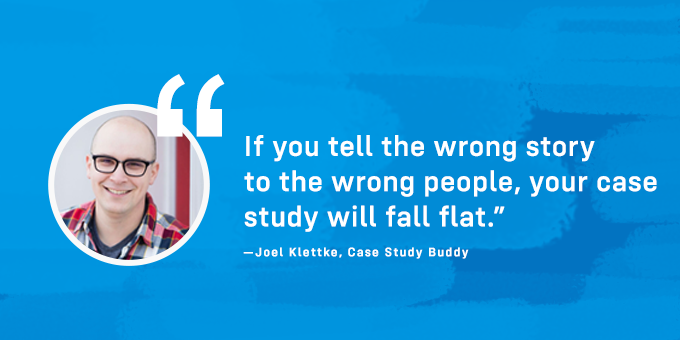
Question: How will you use the case study?
Answer: Don’t just relegate them to the “case studies” page.
Have a plan for how you’re going to target the audience you’ve identified and ultimately use the case study.
Here’s one way you should not use case studies: Relegate them to a seldom-visited section of your website called … “case studies.” Instead, use them throughout your website.
Also, note that how you use the case study should determine its format, and you don’t have to pick just one. Case studies and the various components that comprise them can be repurposed in dozens of ways. (More on that below.)
Question: Who owns the relationship with the client?
Answer: Work through your team to get to their team.
Who should you contact at the company? What should you know about this person? Who should set up the initial contact?
Check with the sales team or project manager – whatever is appropriate for your situation – so that you:
- Don’t step on anyone’s toes.
- Don’t waste time with unnecessary steps.
- Start the case study off right by getting helpful intel.
2. Selection: Choosing your top case study prospects
Once you have the big picture strategy aligned, now it’s time to narrow your client list even further, based on the following criteria:
The client must be into you

You want to be certain that your client is ready, willing, and able to say positive things about you. Some milestones that could spur a case study include:
- You’ve just received a short email of thanks from a client.
- You’ve just achieved some recent positive results for them.
- Your product helped them boost their own sales or reach a goal.

The work must be recent
You’re building the case study around your client’s experiences with you. Are those experiences recent enough? People forget details over time. Key staff leave. Industry trends and concerns shift. Make sure the case study and the people you’re interviewing are still relevant.
The client and the work must be relevant to your goal
Don’t settle for case study candidates just because they’re easy to get. Your decisions matter because they’ll attract like-minded prospects.
3. Pitch: Making the case to clients
Keep it simple … and all about them
When you’re at the point of actually calling or emailing the client to make a case study request, here are five things to keep in mind:
- Answer the “What’s in it for me?”
- Briefly explain why you want to do this now.
- Keep it short.
- Give a deadline.
- Thank them for their participation in advance.
Here’s a sample email with all the elements:
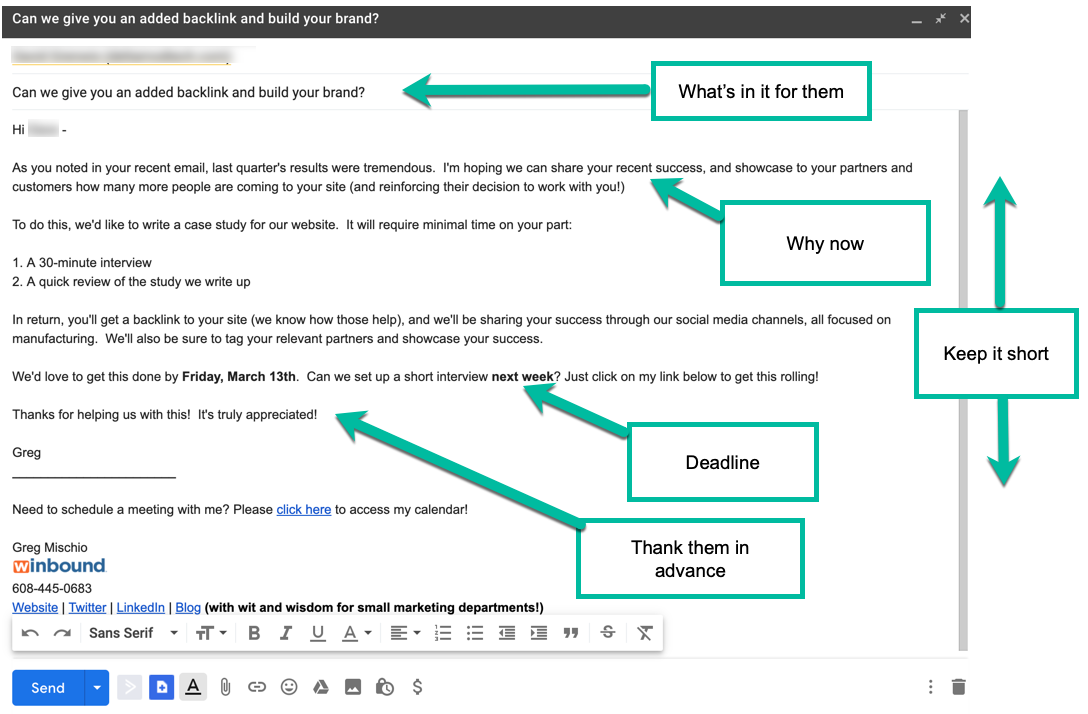
PRO TIP:
Package it all up for the deciding party
After your initial pitch, it’s not uncommon for your primary contact to have to convince someone else in the company to agree to the case study. Make it convenient (and compelling) by putting all of the above points in an easy-to-read PDF that:
- Reassures them it won’t take a lot of time and that they have the final say for approving material.
- Explains the interview process.
- Makes it as easy as possible for them to schedule a time through something like a Calendly link.
Then give your client a vivid sense of what the outcome will be by showing them beautifully-designed case study samples. If you don’t have any to show, go out and find some good ones on the internet. Then simply say something like, “This is what we’re thinking.”
What if a client says “No?”
You may find that a client isn’t interested in doing a case study with you. When they give you a no, you should keep in mind that their refusal is usually one of three things:
Objection: Uncertainty.
They have an uneasy feeling about what’s going to be shared and how it’s going to be used.
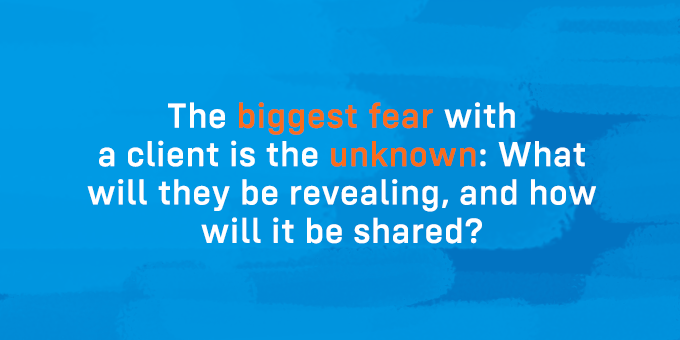
Counter: Give them control.
Emphasize that nothing will be published until they give their full and final approval.
Objection: Inconvenience.
They’re busy and it sounds like it’s going to take a lot of time on their part.
Counter: Explain how quick it will be.
Remedy the perceived inconvenience by explaining the details of the process, especially that the bulk of their efforts will be an interview that will take under an hour.
Objection: Selfishness.
They see the case study as nothing but a favor to you – with no payoff for them.
Counter: Show them the money (benefit).
Tell them the cool ways you’re going to share the case study and how it will put a positive spotlight on them.
You can also take two approaches to compromise:
- Create an anonymous case study
- Gate your case study
Alternative approaches: Anonymous and gated case studies
Don’t throw your hands up if the client insists they’ll need to be anonymous. There are creative ways to still make the case study effective:
- Include direct quotes but use gender-neutral pseudonyms when you attribute them.
- Agree to gating the case study and only sharing it with specific parties and with their pre-approval.
- Agree to using the case study for internal purposes only. For example, case studies can actually be great training and onboarding tools.
Anonymous case study
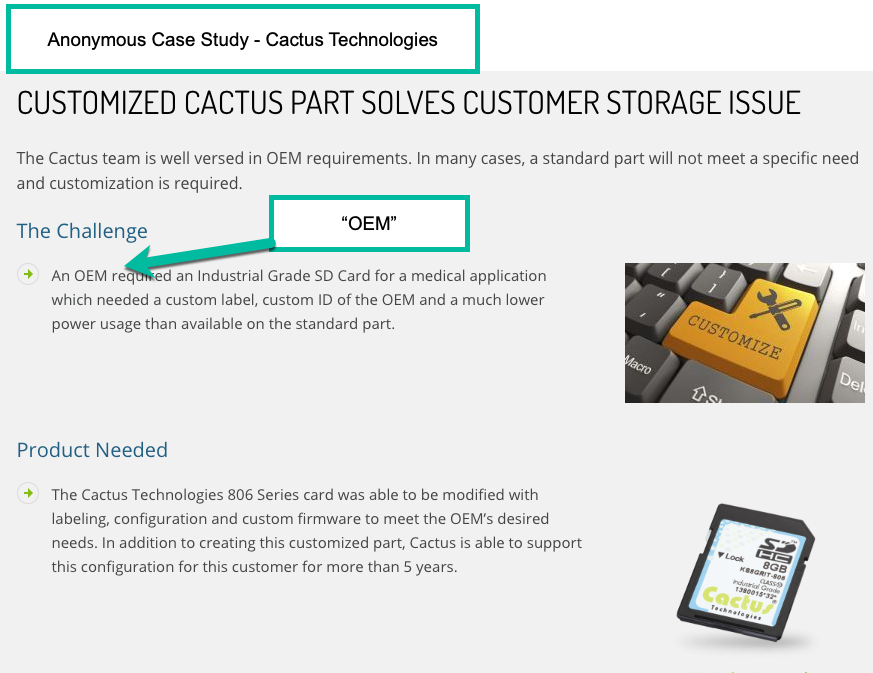
Gated case study
You don’t see these all that frequently, but here’s an example of how the web design company ProtoFuse gates case studies for their client.
4. Create: How to write the case study
Talk to the client … and write (and record) what they say
You cannot do a good case study if you don’t talk to the client. No one wants to hear you blather about yourself … that’s the whole point of this exercise.
Remember, case studies are really customer success stories, so personal perspectives are important. In fact, you’ll find that the customer expresses things about you in ways you hadn’t considered.
It also gives authenticity to your message. Check out this quote from a client about us. It’s real dialogue, not a polished piece of prose. That’s why it works.
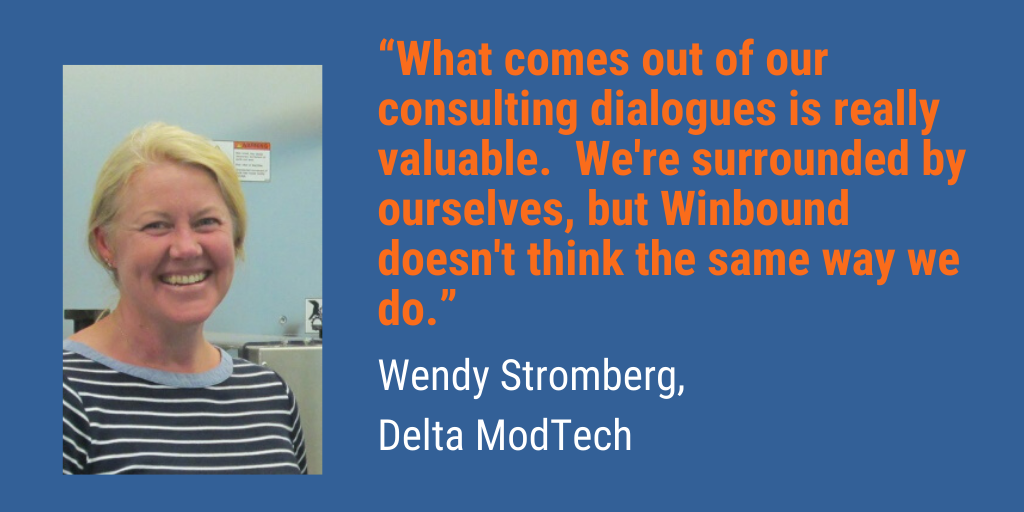
No matter what format (written word, audio, video) you choose to create that case study, it’s essential you capture those golden nuggets!
Best practices for the interview
Your client’s most valuable asset is their time. That’s why you’ll want to make the most of the interview. Follow these guidelines to help make your interview successful:
Follow a process. Have an interview process and follow it step-by-step. That’s way more important than striving for a “perfect” interview.
Provide questions before the interview (and after). Give them time to prepare. Some sample questions can include:
-
- What was your life like before working with us?
- What was the experience of working with us like?
- What have your results been?
Don’t interview more than two people at a time. One is ideal – two is the max.
Use a conference system, and record the interviews. Zoom is our preference. If you’re lucky, you can use the video, but the audio can be converted into a video with still photos.
Focus on their experience, not opinions. Ask about the client’s experience of you, not their opinion of you. Ask them to tell their story – the opinion will reveal itself.
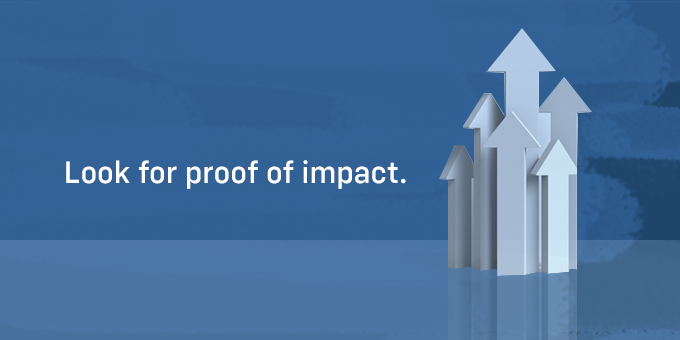
Look for proof of impact. Seek information on the impact rather than gathering platitudes. “We tripled our output” is way better than “They were great to work with.”
Avoid the Yes/No. Rather than yes/no questions, make sure you ask carefully-crafted open-ended questions that will engender compelling insights.
Ask for graphics, videos, etc. Anything that can help tell the story.
Use tried-and-true copywriting tactics to create a compelling case study
Yes, use proven methods but get strategically creative. Don’t mindlessly lock yourself into set formulas. For example, the challenge-solution-results structure can work great for a case study. But you don’t have to stick to those actual words. Strengthen the effectiveness of that structure by creating inviting subheadings for each section.
A great headline is crucial. No matter the format of the case study, your headline is critical. It needs to be specific and powerful enough to motivate people to read it.
Here are four simple but effective headline formats from Joel Klettke at Case Study Buddy:
- How (service/company) helped (client) (result)
- (Result) for (client)
- (Client) gets (result) with (service)
- How (client) (eliminated pain) with (service)
Integrate metrics into the headline. There’s no time to waste in a case study. So don’t hold out for a dramatic finish. Give the compelling reason to read it right away – along with the impressive data. And that cover page? It should stand strong alone if it had to.
Example: Thysse used the “3X” number to showcase increased productivity from a client.
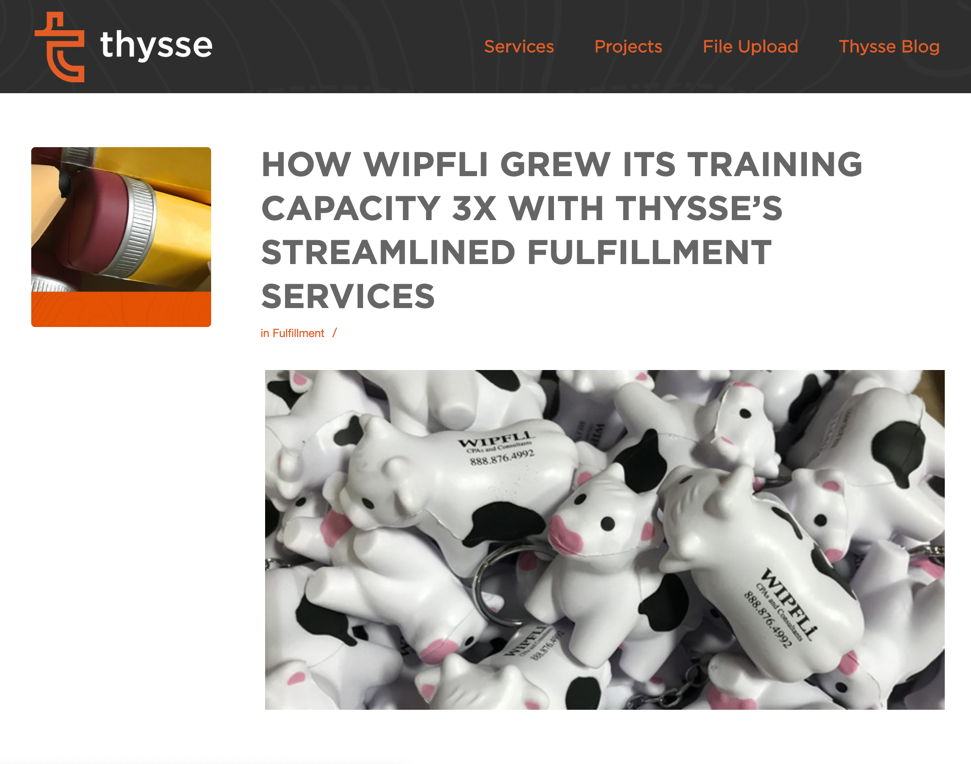
Make use of charts and graphics to tell the story. Use the type of graphics you’d see in a PowerPoint presentation to a CEO. This is a format they’re comfortable with yet conveys the metrics they need to make a decision.
Example: These two charts show increases in organic rankings and keywords, and then the headline in the footer underscores the bottom-line value.
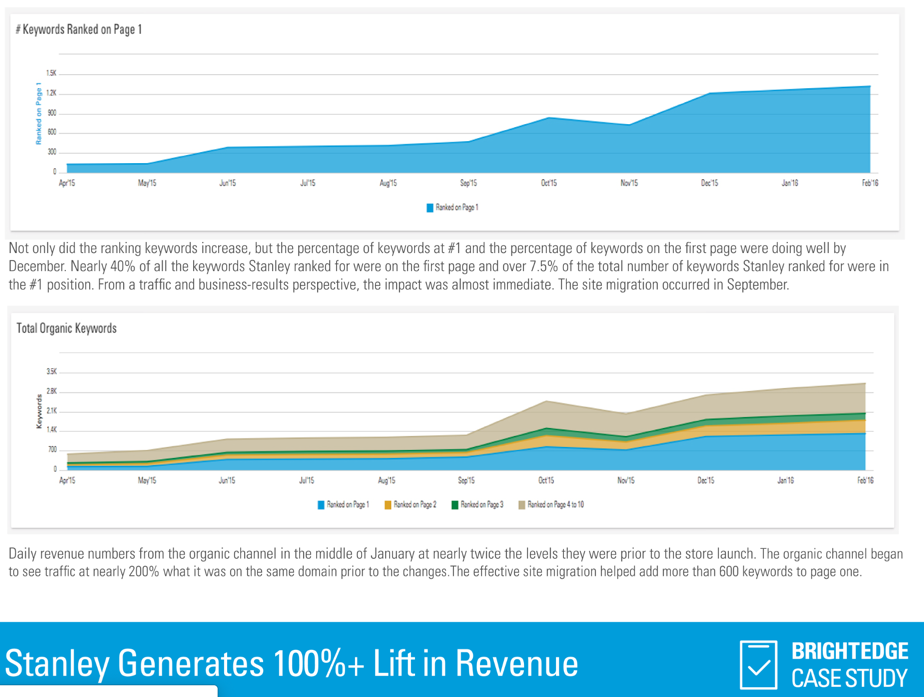
Put company details on the side. Don’t clog up the flow of a powerful story. Put details like the company’s location, size, founding date, and service lines on the side in a little fact box.
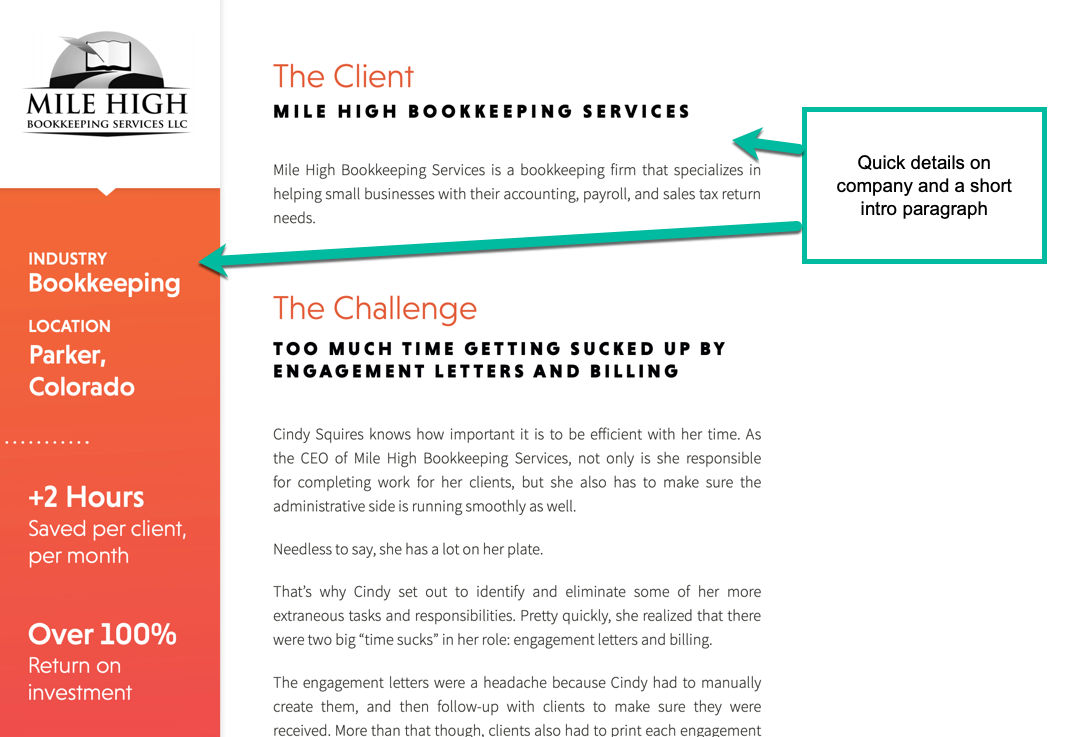
And if you can’t get metrics? All is not lost. Again, focus on the client’s experience. By doing that, you’re also likely to get some great testimonials. In fact, powerful social proof presented in an effective visual can be just as compelling as an impressive metric.
In lieu of metrics, you can also place heavy emphasis on the goal that was achieved with the client. People don’t always remember the metrics of how you accomplished a goal – it’s the simple fact that you crossed the finish line first that counts.
Qualitative example: This is all about a specific initiative for HarperCollins UK.

Let the client’s voice come through. When it comes to the written content of your case study, let the client tell the story as much as possible through their own compelling quotes.
Example: Use a real person with their actual words. Seeing the photo adds so much authenticity.

You can also showcase your own people. Yes, this is all about your client telling the story. But it’s a partnership, right? You can interject how you felt in helping them achieve success, and showcase yourself in the process.
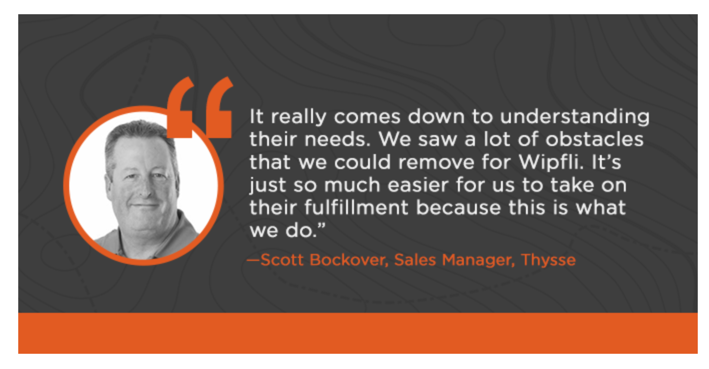
Craft a story-specific call to action. Make sure to add a CTA at the end that actually relates to the story just told – rather than a generic “contact us” request.

Use proven methods that work for large bodies of content. These are standards that we use for any piece of lengthy digital content. They apply to case studies as well.
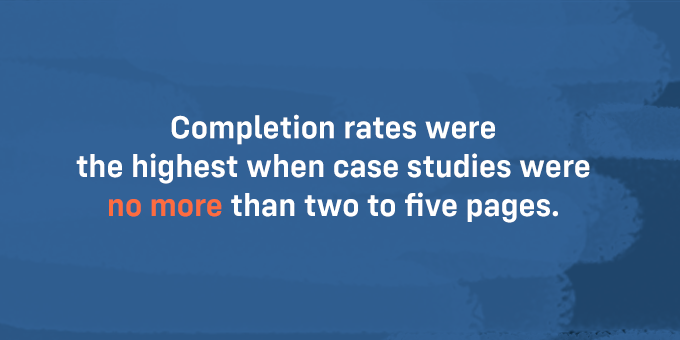
Rein in the rambling
DocSend research has found that completion rates were the highest when case studies were no more than two to five pages.
Short paragraphs
Paragraphs should only be 1 – 3 lines in length. A guideline, not a rule, but try and follow it. You are writing for skimmers. Ideally, get the page width of your website (although this will vary with demand responsiveness) and pull in margins. Keep it short!
Use subheads (H2, H3, H4)
Use paragraph subheads to break up the writing. Every 200-300 words, or where appropriate. Don’t be afraid to use keywords, but don’t push the issue. Make these subheads lively.
Use visuals for every page scroll
Plan for an image every page scroll. That can be a pullquote, a photograph, or a table. Screen shots are great if they include data.
Use bullets, numbered lists
Use bullets and numbered lists as often as possible.
Use parallel form on bullet headers
Your bullet points should be consistent with each other. If one bullet point starts with a verb, they should all start with a verb. Example:
- Find a smarter way to use bullet points
- Use them in small doses
- Edit them for parallel form
If you’re going to use bullets, keep them to 1-2 sentences.
Make the writing lively
If you’re bored with it, your reader will be bored.
Let the article sit
When you’re done with the initial draft, let it sit overnight. Then look at it the next day and make needed changes. Guaranteed to improve your writing.
Cut your word count by 10%
Guaranteed to make your writing tighter.
Don’t forget about the power of video and audio
There’s just something about that play button. When tweets have video, they’re six times more likely to get retweeted. Case study videos tap into people’s hunger – and readiness – for video viewing.
Video allows you to capture body language and tone of voice. It gives you the power to add emotional appeals with music and show the product or result in action.
GEW UV Curing has created some amazing Customer Spotlights on their YouTube channel. The format is more of a story, but they definitely convey the success of using the products.
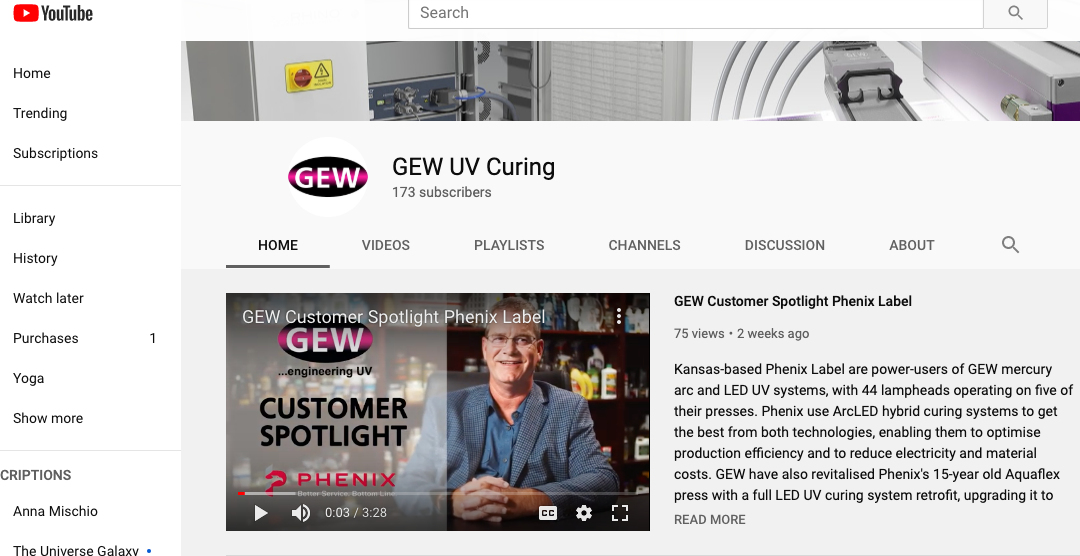
You can also record interviews, and then embed the audio files into the post. We’ve uploaded short interviews either as a stand-alone file or use SoundCloud to embed them.
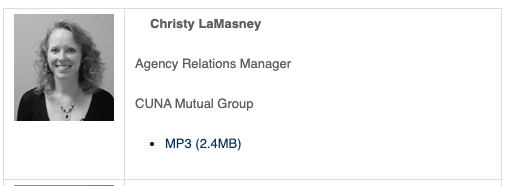

4. Distribution: Getting the word out
After all that time and effort, you want to maximize the case study’s exposure. How? By leveraging the power of repurposing. Case studies can be used throughout the sales funnel.
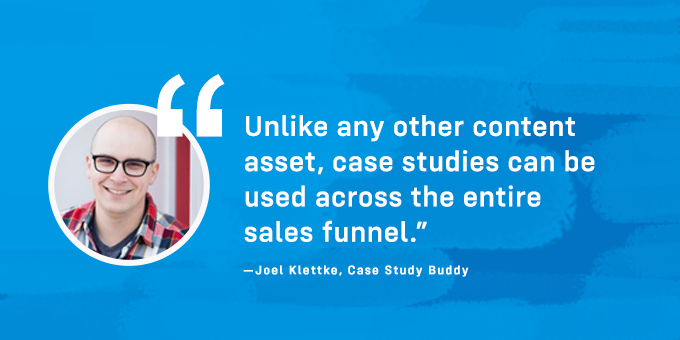
Many of these came from our buddy Joel Klettke again!
Top of funnel
Use the case study itself as a lead magnet: How we solved this problem for this kind of company.
- Take the interview transcript, clean it up and edit, get it approved by the client, and presto, you have a great Q&A blog post.
- Use it in your email subject-line.
- Print it out for trade show handouts.
- Post it to social media feeds.
- Grab attention with Facebook ads using a great How to … headline.
- Include a downloadable case study with your CTA.
- Use testimonial quotes on your landing pages or website pages.
- Use in email outreach and put quotes or stats in subject lines.
- Make a SlideShare presentation out of it.
Examples:
SlideShare presentation.
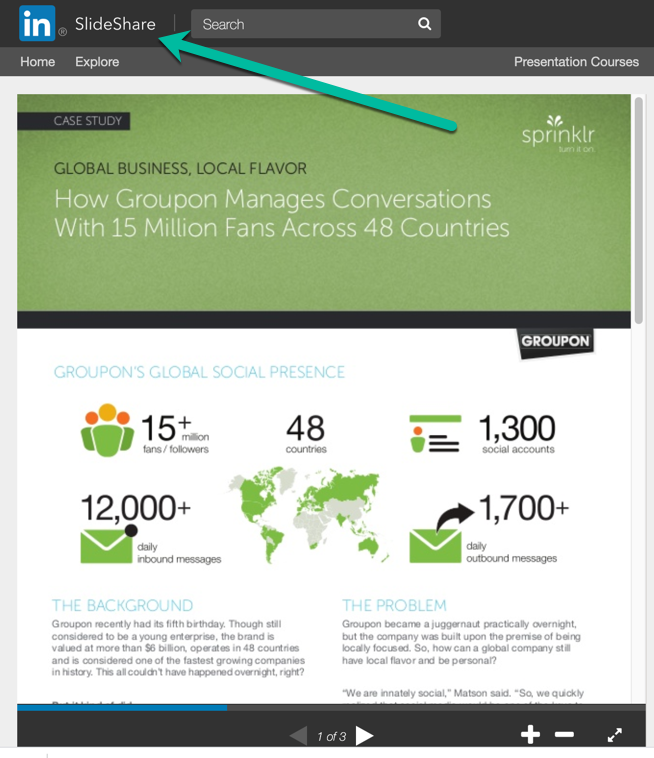
Pullquote for webpage.
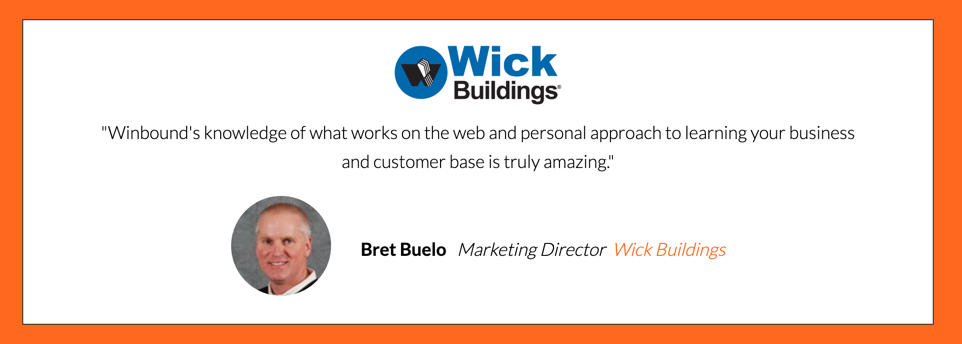
Tweet with tagged client.

Email signature line.
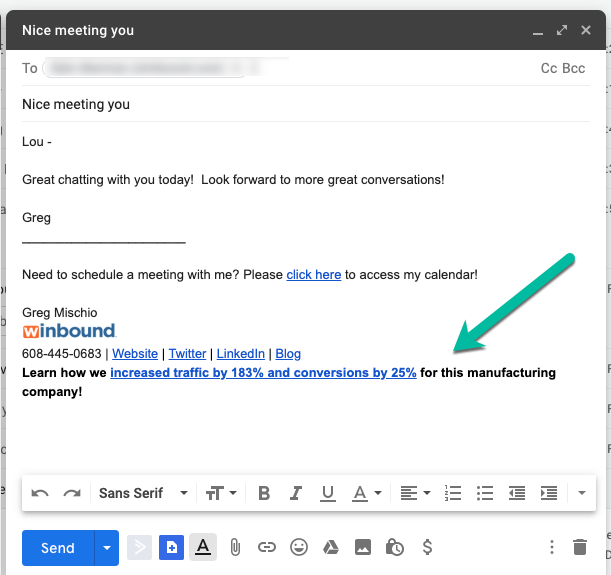
Middle of funnel
- Send along with your RFPs.
- Share in pitch meetings.
- Equip your sales team with them.
- Add to newsletters.
- Drip the story with an email series.
Handout that can be included with capabilities brochure and at pitch meetings.
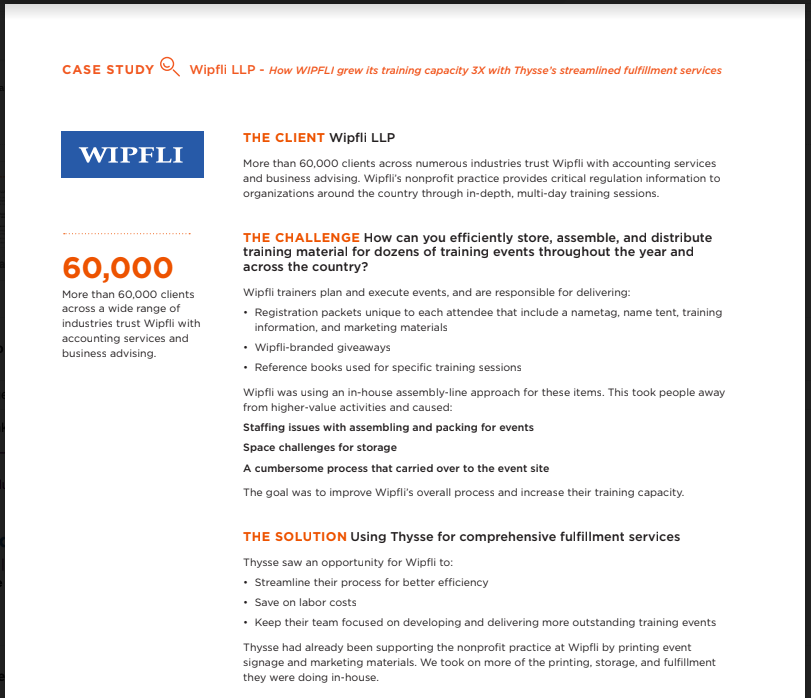
Bottom of funnel
- Place case study stats or quotes next to friction points like pricing areas or landing pages (see below).
- For upselling options, have a case study available that demonstrates how a client benefitted from your premium package.
Used on sidebar of landing page.
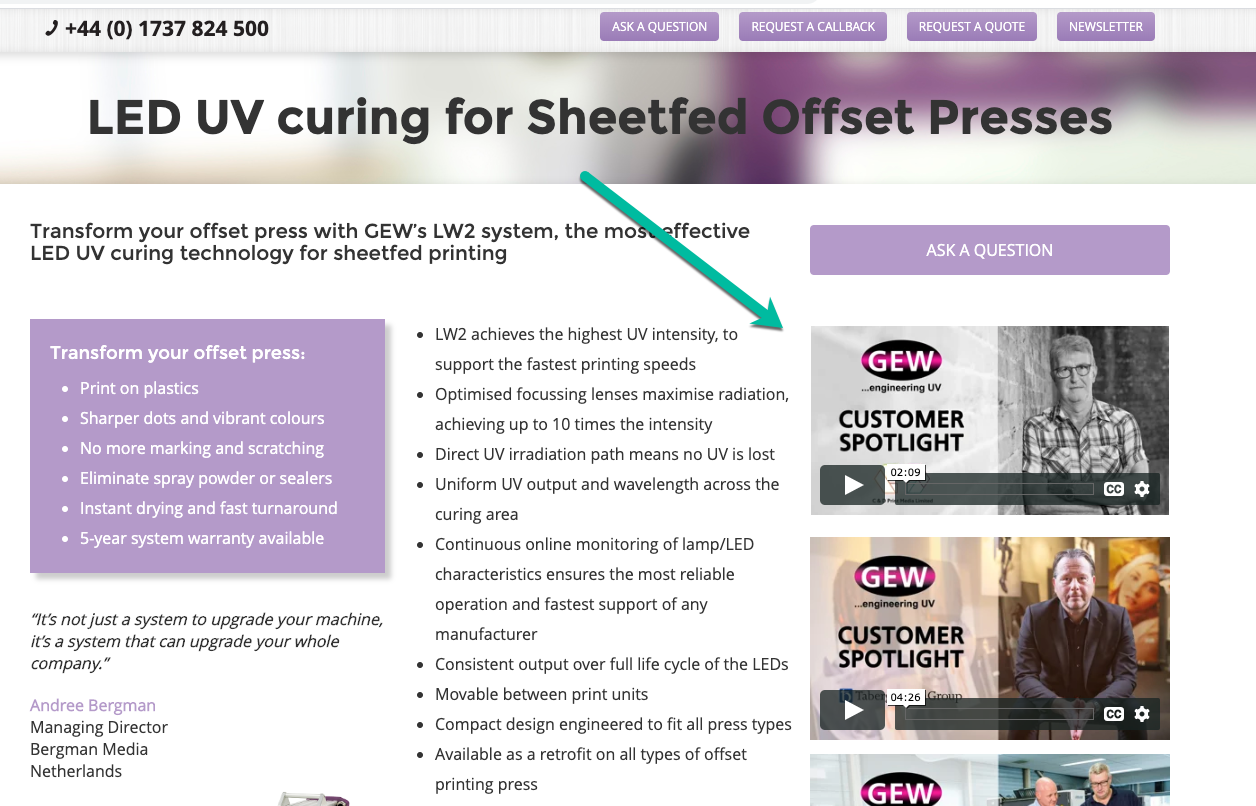
PRO TIP:
Create top-of-funnel “case studies” for other people

One technique we’ve found to be very effective is to write top-of-funnel content about a particular problem and then showcase a partner’s solution and make them the expert source. It can function as a “pay it forward” piece of content, and they’ll likely use it on their website, giving you a nice backlink.
Get started today, but keep your editorial calendar open!
You have the tools and tactics to get started on a case study, but you need one more thing: tenacity.
It’s not always easy to get case studies from clients. They’re busy, and even after you’ve written one, it can take weeks or even months for them to approve it on their side. Don’t schedule them on your editorial calendar until you have it approved on their end.
But stick with it. The long-term benefits can be huge. Start creating case studies on a regular basis. It’s the most overlooked, yet most valuable piece of content you can produce!

